International team of scientists proposes plans for high-intensity gamma radiation source at CERN.
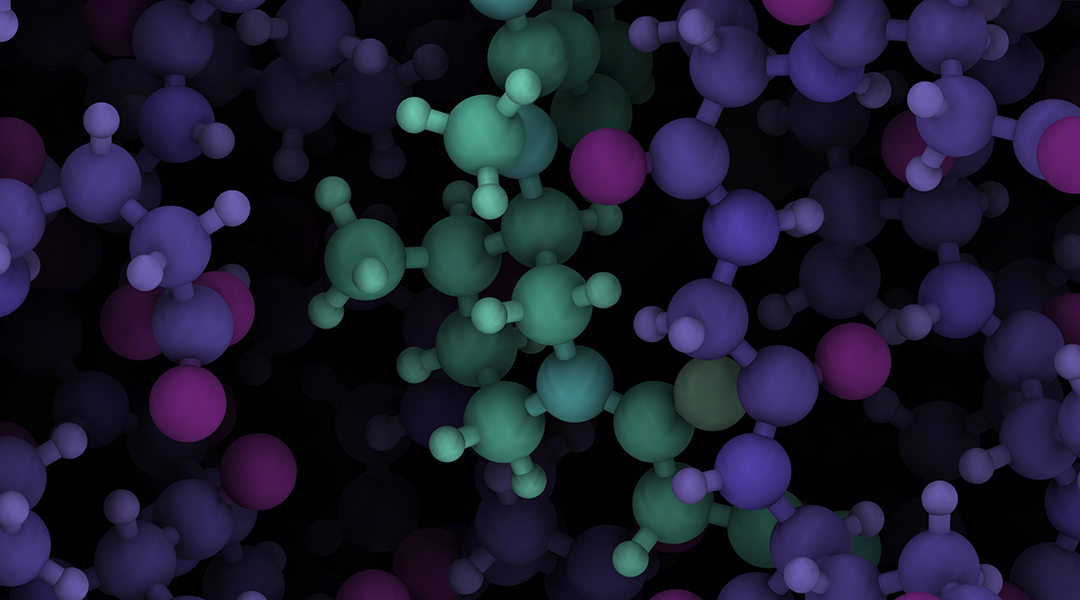


International team of scientists proposes plans for high-intensity gamma radiation source at CERN.
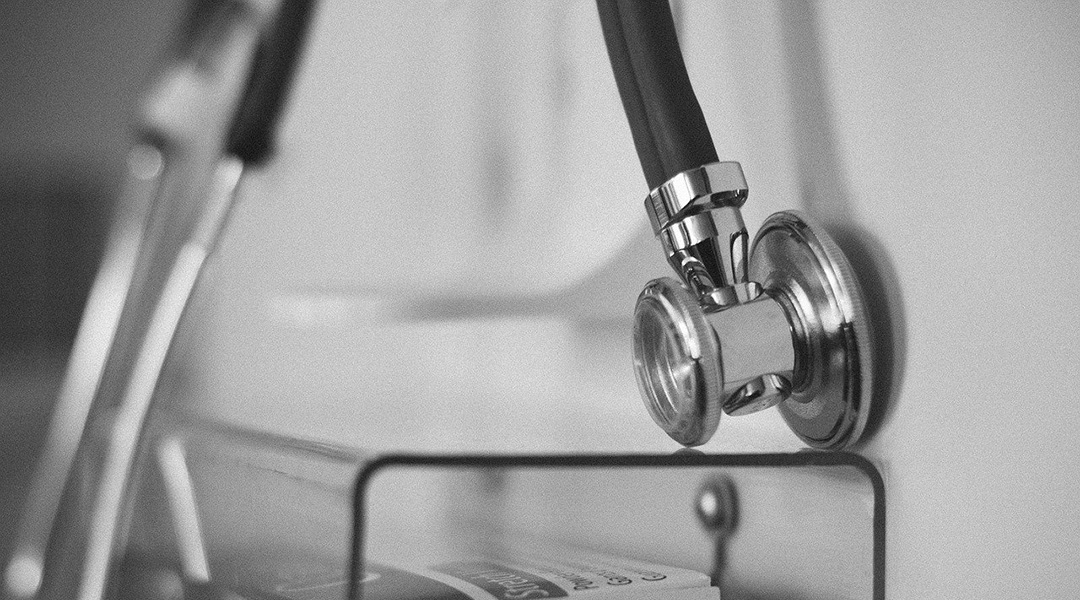
Researchers use radio-based imaging to monitor stent implants without invasive techniques.

Researchers develop microrobots that can sense their external environments and adapt their motion, similar to living organisms.
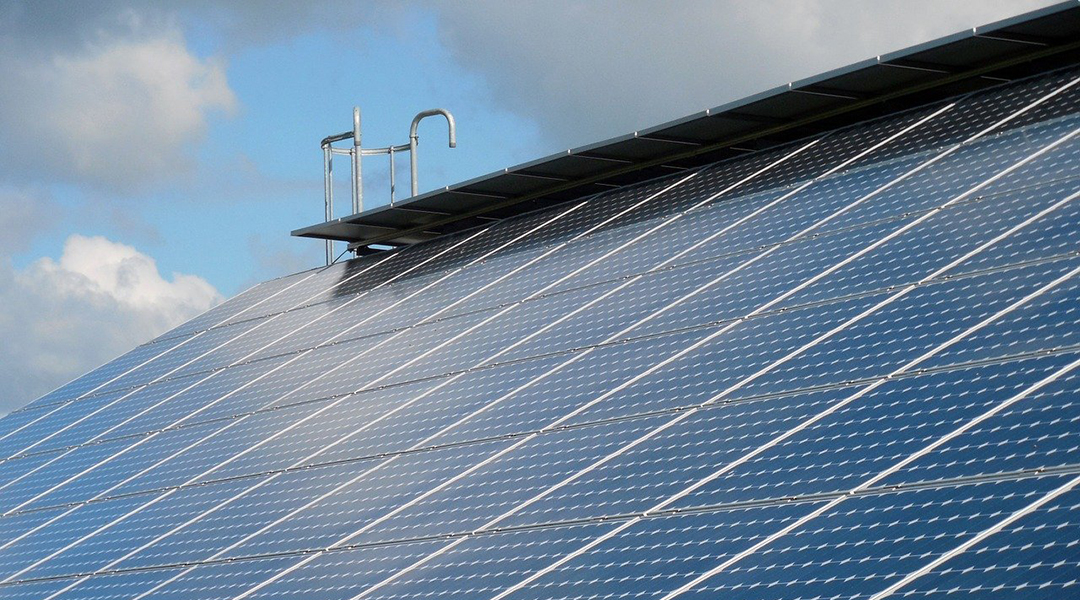
A “rattling” observed in the crystal structure of cesium lead iodide perovskites is thought to be the long sought-after answer to as to why the material is so unstable.
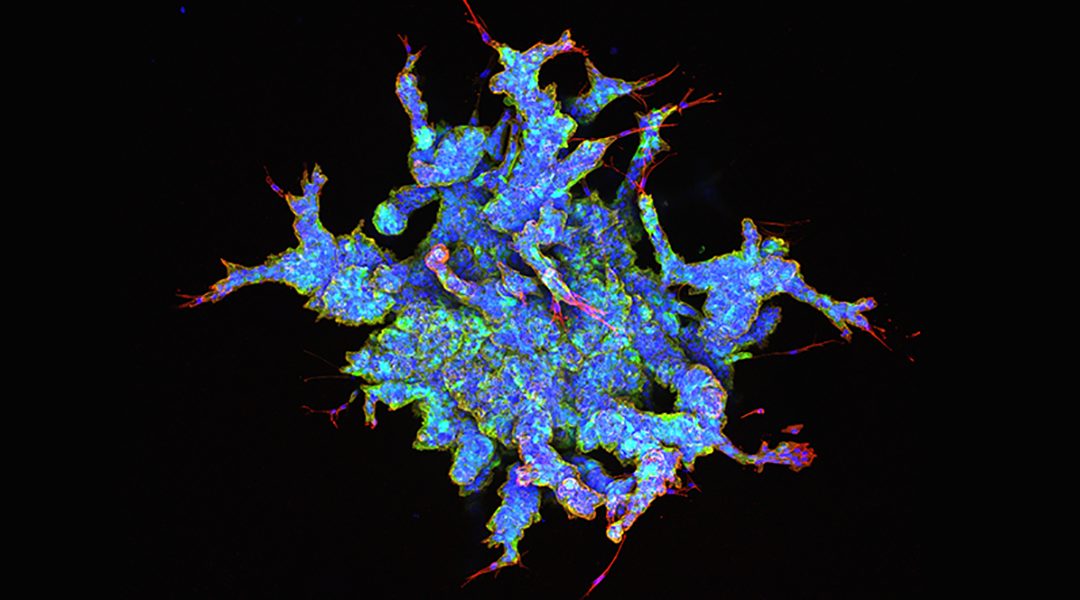
Here, we take a look at some of the most intriguing scientific images published in June 2020.
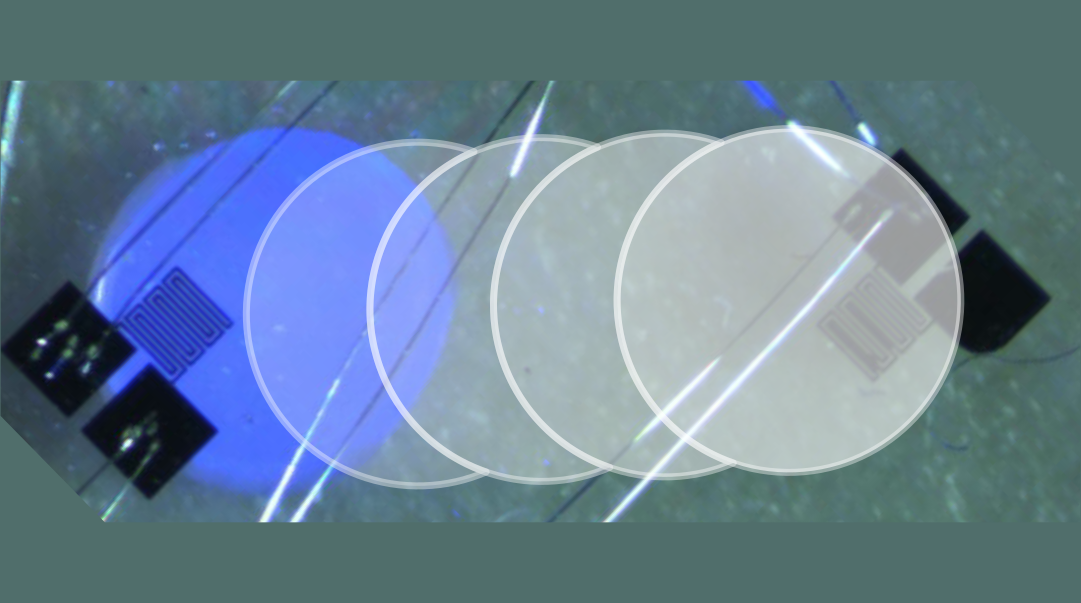
A new and simple working principle for liquid manipulation and a complete exploration of the opportunities of a multipurpose platform guided by physical intelligence.
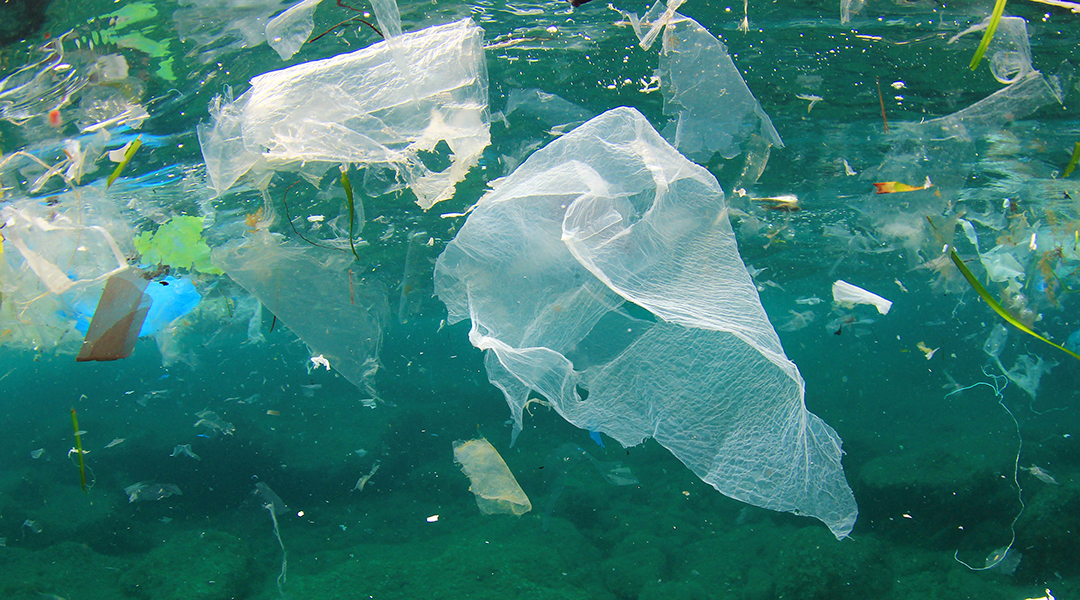
A recent study finds that up to 31% of plastic exported for recycling is not recycled at all.
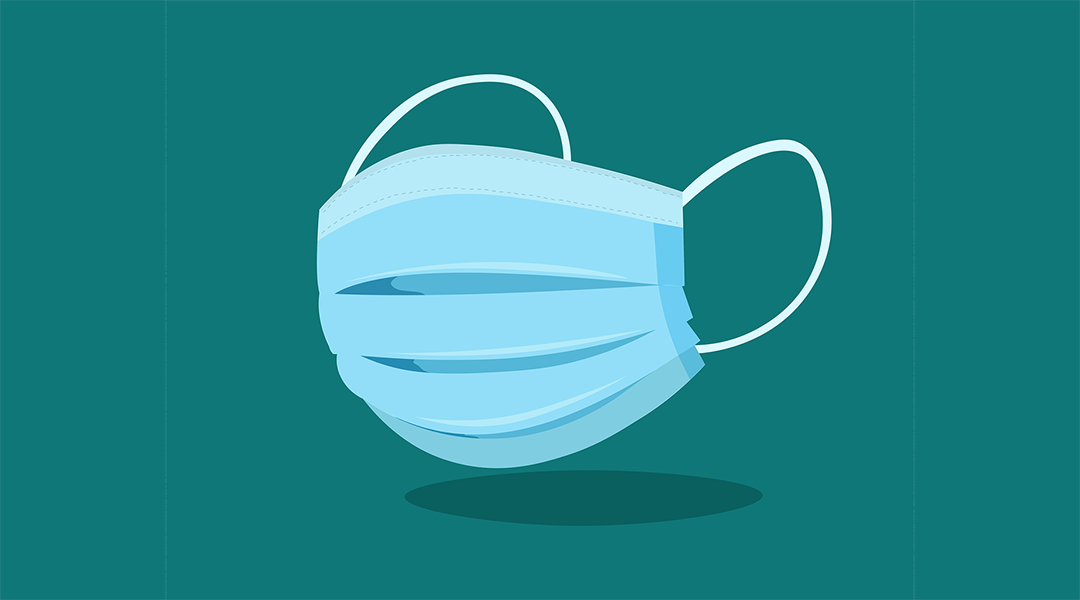
AU College of Engineering and Computer Science researchers use flow visualization to qualitatively test facemasks and social distancing.

After nearly four years with us, we wish her well in the future.
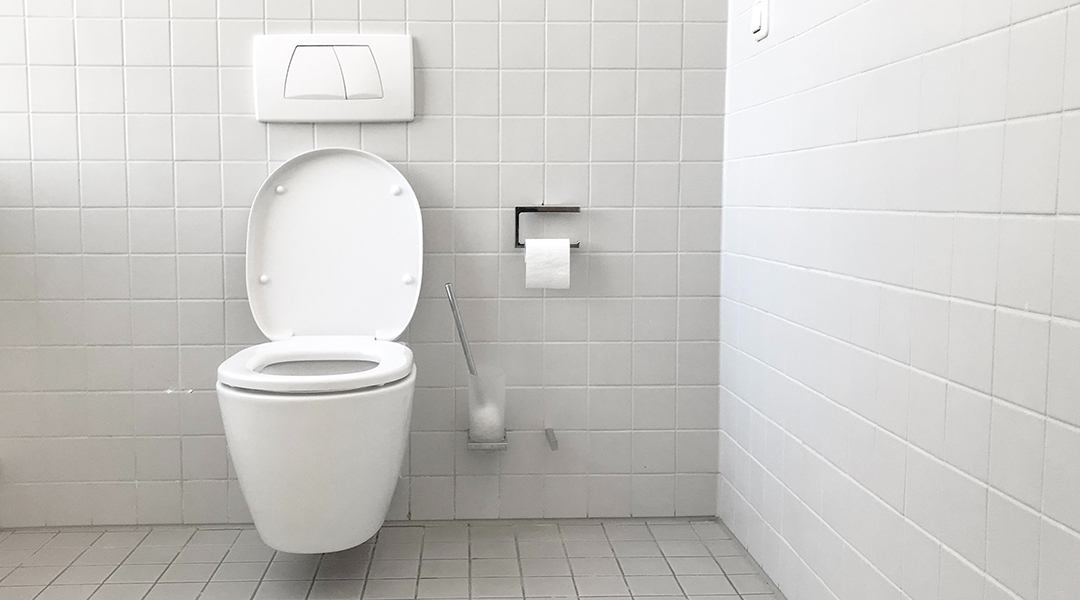
SARS-CoV-2 can survive the human digestive tract, and new research shows that flushing toilets could be a means of transmitting the virus.